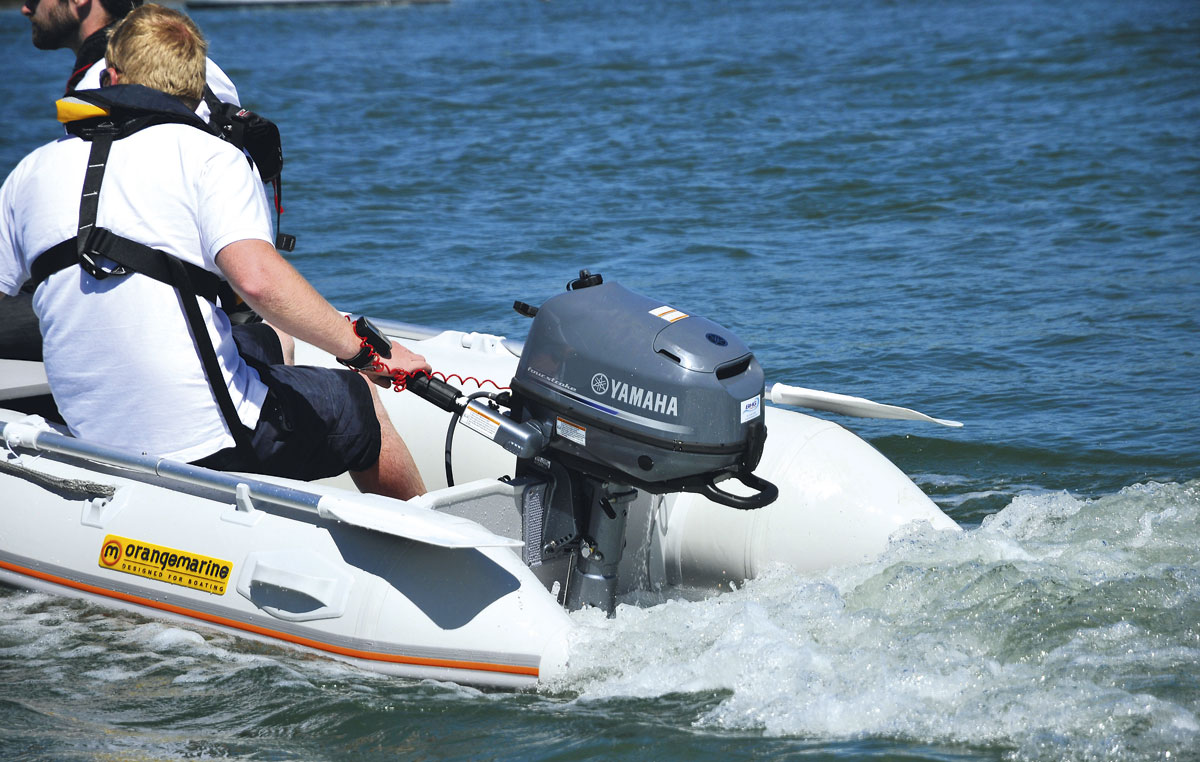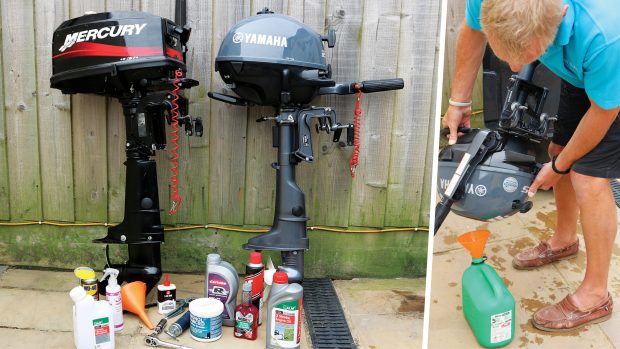We pit six of the best 5hp outboard engines against each other in a head-to-head group test on the Solent to find out which is best
The 4-stroke 5hp outboard engine is the staple power source for most small tenders. Light enough to carry but powerful enough to punch a tide, they are the workhorse of the tender fleet.
But even at this size there are significant differences between the makes and models so we set out to assess their strengths and weaknesses, and choose a winner.
When testing small outboard engines it always pays to get your feet wet so as in the real world, we lugged them down the slipway, fitted them to the transom of a 2.9m inflatable, then launched and tested them on the water.
We judged them on the following five criteria, giving each a star rating out of five. The final larger MBY star rating is not an average of the five criteria but our final assessment of its overall ranking.
Build quality
This takes into account our assessment of the quality and solidity of the componentry as well as the brand’s reputation and warranty provision.
It’s worth noting that for a warranty to remain valid an owner must prove it has been maintained by an approved dealer.
Performance
Top speed and acceleration may not be vital for the users of 5hp engines, but they do give an indication of performance when loaded up with crew and supplies or punching a strong tide.
Refinement
We measured each engine’s noise output at idle, 3 knots and flat out but also assessed them subjectively according to how smooth they sounded and felt, especially when revved hard.
 Ease of use
Ease of use
Lifting a 27kg lump of metal isn’t easy at the best of times, let alone when lowering it from a bathing platform on to the transom of a floating tender.
With 5kg difference between the lightest and heaviest engine on test, weight could be a deciding factor for some.
Once fitted to the transom of a boat the focus shifts to the design and ergonomics of the key controls such as the gear lever, throttle, tilt lever and pull cord.
Lastly, most 4-stroke designs have to be laid down on one side only to prevent the oil flowing back into the combustion chambers; some engines have special stands, handles and signage to facilitate this.
Tank size
Not all engines have internal tanks, and the sizes vary by 40%. With average fuel consumption of 0.7 litres/hr flat out, that extra capacity makes a difference.
Read on to see how all six 5hp outboard engines rated in our head-to-head test.









